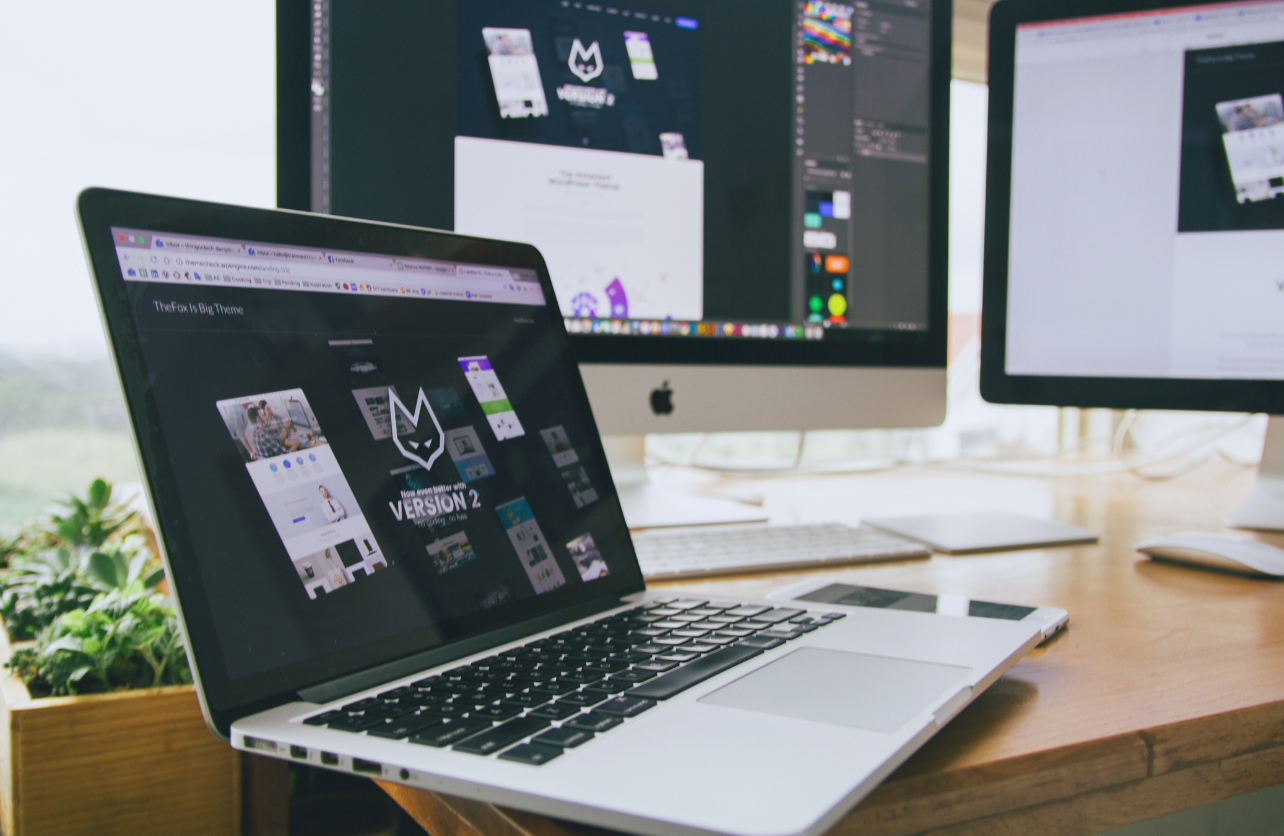LCD vs. LED Monitors: What’s the Difference?

When shopping for a monitor, you will come across the acronyms “LCD” and “LED.” While these terms are often used interchangeably, they refer to different technologies. Understanding the difference can help you make an informed choice based on your preferences.
What is an LCD Monitor?

LCD stands for Liquid Crystal Display. These monitors use a liquid crystal solution sandwiched between two layers of glass or plastic. The liquid crystals do not emit light directly but modulate the light passing through them. A backlight, typically a fluorescent tube, illuminates the crystals, creating the images you see on the screen.
Advantages of LCD Monitors:
- Cost-Effective: LCD monitors tend to be more affordable than their LED counterparts, making them a good option for budget-conscious consumers.
- Energy Efficiency: While not as energy-efficient as LED monitors, LCDs still consume relatively little power compared to older CRT monitors.
- Wide Viewing Angles: LCDs provide consistent image quality across various viewing angles, though this can vary based on the specific type of LCD technology used (like IPS or TN).
Drawbacks of LCD Monitors:
- Color Accuracy: LCD monitors generally offer decent color accuracy, but they may not match the vibrant colors that LED monitors can provide.
- Backlight Bleed: Because they rely on a backlight, LCDs can suffer from backlight bleed, where light leaks around the edges of the screen, impacting image quality.
What is an LED Monitor?

LED stands for Light Emitting Diode. An LED monitor is actually a type of LCD monitor that uses LED backlighting instead of the traditional fluorescent backlighting found in older LCDs. This difference in backlighting is what gives LED monitors their distinct advantages.
Advantages of LED Monitors:
- Superior Brightness and Contrast: LED monitors often provide better brightness and contrast ratios, resulting in more vibrant and dynamic images.
- Energy Efficiency: LED monitors are more energy-efficient than traditional LCDs, as LEDs require less power to operate.
- Thinner Design: Because LEDs are smaller than fluorescent tubes, LED monitors are generally thinner and lighter, making them more aesthetically pleasing and easier to mount or transport.
- Longevity: LEDs have a longer lifespan compared to fluorescent backlights, which means LED monitors may last longer and maintain their image quality over time.
Drawbacks of LED Monitors:
- Cost: LED monitors tend to be more expensive than standard LCD monitors, although the price gap has been decreasing as technology advances.
- Potential for Uneven Lighting: Some LED monitors, particularly those that use edge lighting, can have issues with uneven lighting, where parts of the screen may appear brighter than others.
Which One Should You Choose?
The choice between an LCD and an LED monitor largely depends on your needs:
- For Everyday Use: If you’re not a stickler for picture quality and are looking for a budget-friendly option for everyday tasks like browsing the web, working on documents, or streaming videos, an LCD monitor should serve you well.
- For Enhanced Visuals: If you’re a gamer, graphic designer, or someone who values superior image quality, an LED monitor is the way to go. The enhanced brightness, contrast, and color accuracy will definitely improve your overall experience.
- For Energy Efficiency: If energy consumption is a concern, LED monitors are the better choice due to their lower power requirements.
Your Trust, Our Core Commitment
At Rising Tech, earning and maintaining your trust is the cornerstone of our mission. We're dedicated to transparency, impartiality, and the relentless pursuit of truth in every article, review, and recommendation we publish. Our commitment to these principles ensures that you, our valued reader, are always equipped with reliable and unbiased information. Let us be your trusted guide in the ever-evolving world of technology.